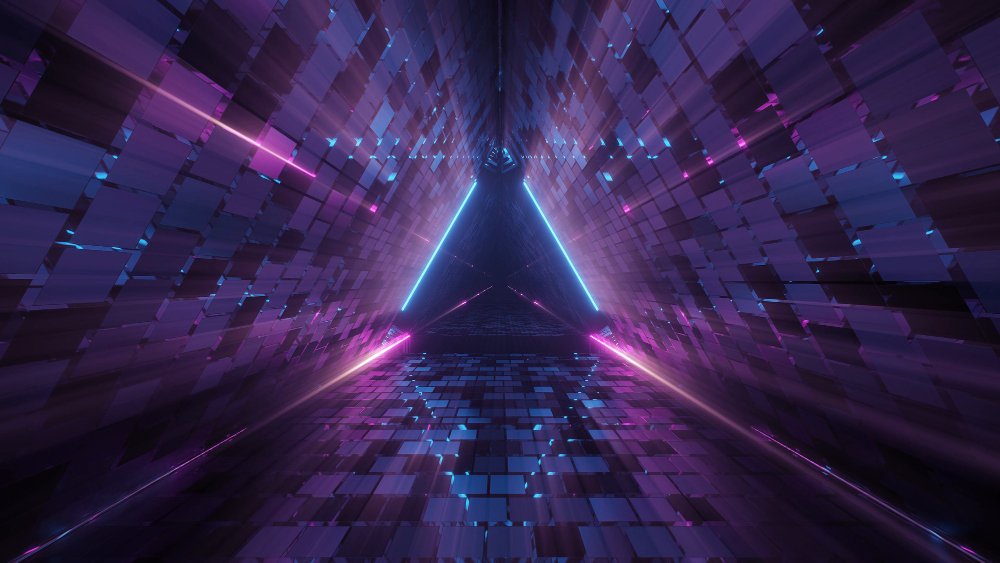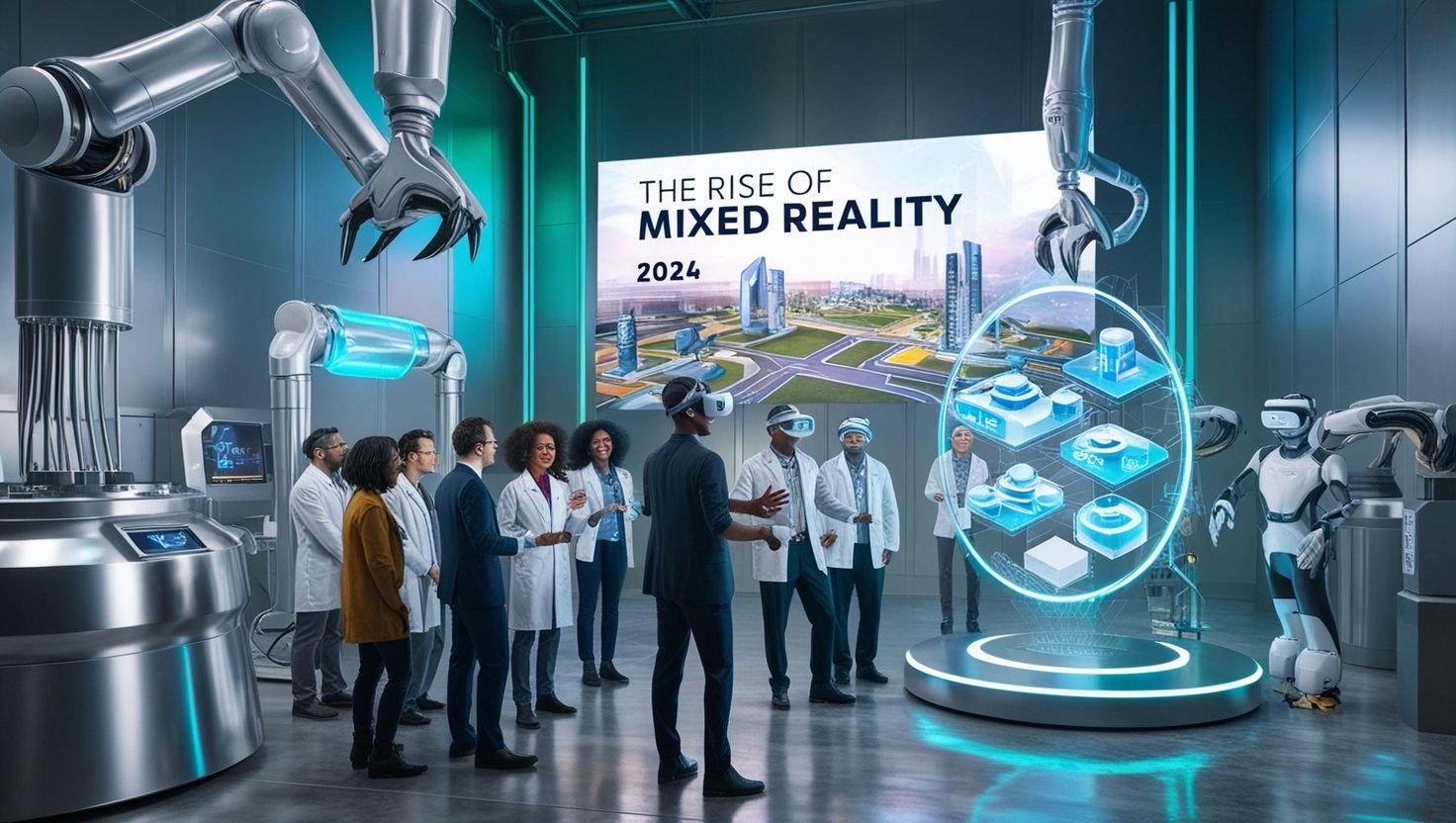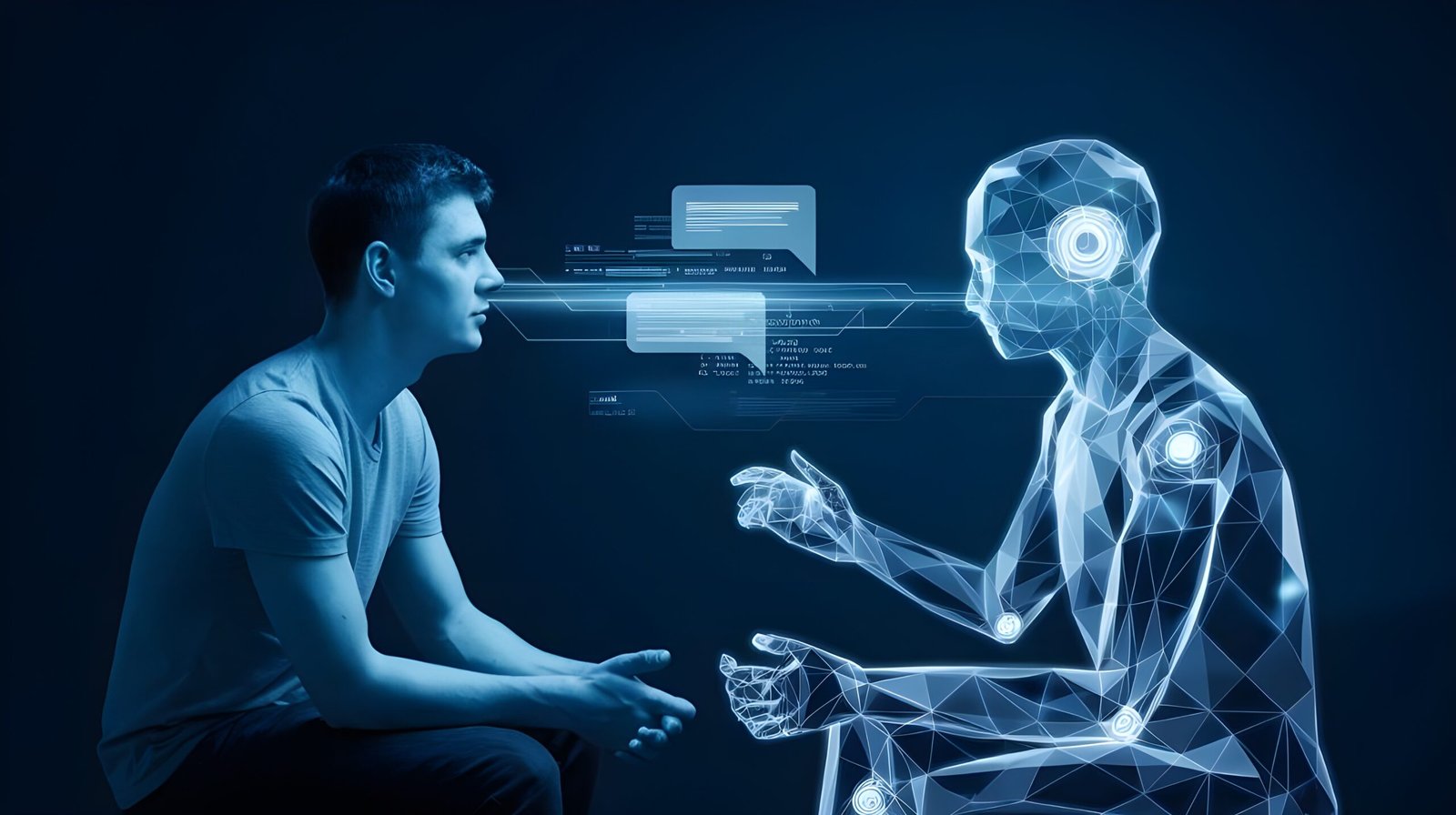Mixed Reality (MR) is one of the most significant advancements in recent years. As we move through 2024, MR is becoming a crucial element in merging virtual and real worlds, offering unprecedented possibilities across various sectors. This blog explores the growing importance of MR, how it’s revolutionizing industries, and what the future holds for this transformative technology.
What is Mixed Reality?
Mixed Reality (MR) is an immersive technology that combines elements of both Virtual Reality (VR) and Augmented Reality (AR). While VR immerses users entirely in a digital environment, and AR overlays digital content onto the real world, MR allows users to interact with digital objects in a real-world environment seamlessly. This hybrid experience is achieved through advanced sensors, cameras, and spatial mapping technologies that understand and respond to the user’s physical surroundings.
MR blurs the line between the physical and digital, enabling a more interactive and engaging experience. Users can manipulate virtual objects as if they were real, interact with digital characters that respond to their actions, and even collaborate with others in a shared MR environment.
Learn more about Mixed Reality.
The Growing Importance of Mixed Reality in 2024
As MR technology continues to advance, its applications are expanding across a wide range of industries. In 2024, MR is not just a tool for gaming and entertainment but is becoming a vital component in sectors such as healthcare, education, retail, and manufacturing. The integration of MR is reshaping how businesses operate, how professionals are trained, and how consumers interact with products and services.
1. Mixed Reality in Healthcare
The healthcare sector is one of the most promising areas for MR adoption. In 2024, MR is playing a pivotal role in medical training, surgical planning, and patient care. MR allows medical professionals to visualize complex anatomy in three dimensions, practice surgeries in a risk-free virtual environment, and even collaborate with colleagues in different locations in real-time.
For example, surgeons can use MR to overlay 3D models of a patient’s anatomy onto their physical body, providing a precise and detailed guide during surgery. This level of accuracy is helping to reduce errors, improve outcomes, and enhance patient safety.

Moreover, MR is being used in medical education to provide students with hands-on experience without the need for cadavers or live patients. MR simulations offer an immersive learning experience that can be repeated and customized to different scenarios, helping to improve the quality of medical training.
Explore how MR is transforming healthcare.
2. Mixed Reality in Education
Education is another sector where MR is making significant inroads in 2024. The traditional classroom is being transformed by MR, offering students a more interactive and engaging learning experience. MR enables students to explore historical events, scientific concepts, and complex subjects in a hands-on, immersive way that was previously impossible.
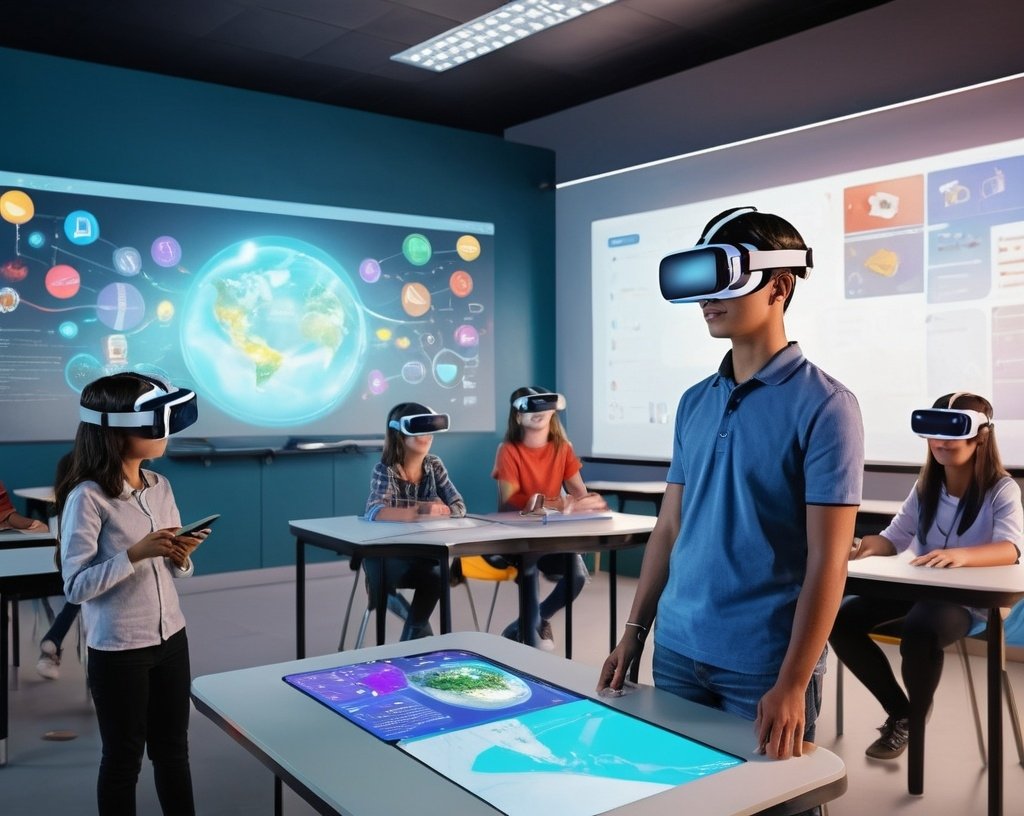
For instance, MR can bring historical figures to life, allowing students to interact with them and gain a deeper understanding of historical events. In science classes, students can manipulate virtual molecules, conduct experiments in a controlled virtual environment, and explore the human body in 3D. This level of immersion helps to enhance understanding and retention of information, making learning more effective and enjoyable.
Furthermore, MR is providing new opportunities for distance learning. Students can join virtual classrooms, collaborate with peers, and interact with digital content, all from the comfort of their own homes. This is particularly valuable in the current global climate, where remote learning has become more prevalent.
Learn more about MR in education.
3. Mixed Reality in Retail
The retail industry is undergoing a transformation in 2024, driven by the integration of MR technology. Retailers are using MR to create immersive shopping experiences that blend the physical and digital worlds, offering customers a more personalized and engaging way to shop.
One of the key applications of MR in retail is virtual try-ons. Customers can use MR to try on clothes, accessories, and even makeup without physically touching the products. This not only enhances the shopping experience but also reduces the need for physical inventory and returns.
In addition, MR is being used to create virtual showrooms where customers can explore products in 3D, interact with them, and see how they would look in their own homes. For example, furniture retailers are using MR to allow customers to visualize how a piece of furniture would fit in their space, making it easier to make purchasing decisions.
MR is also being integrated into marketing and advertising strategies. Brands are creating MR experiences that allow customers to interact with products in a more meaningful way, driving engagement and brand loyalty.
Discover how MR is transforming retail.
4. Mixed Reality in Manufacturing
In the manufacturing sector, MR is being used to streamline processes, improve efficiency, and enhance worker safety. In 2024, MR is becoming an essential tool for designing, prototyping, and maintaining machinery and equipment.
One of the key benefits of MR in manufacturing is the ability to visualize and manipulate 3D models of products before they are physically produced. This allows engineers to identify potential design flaws, optimize processes, and reduce the time and cost associated with prototyping.
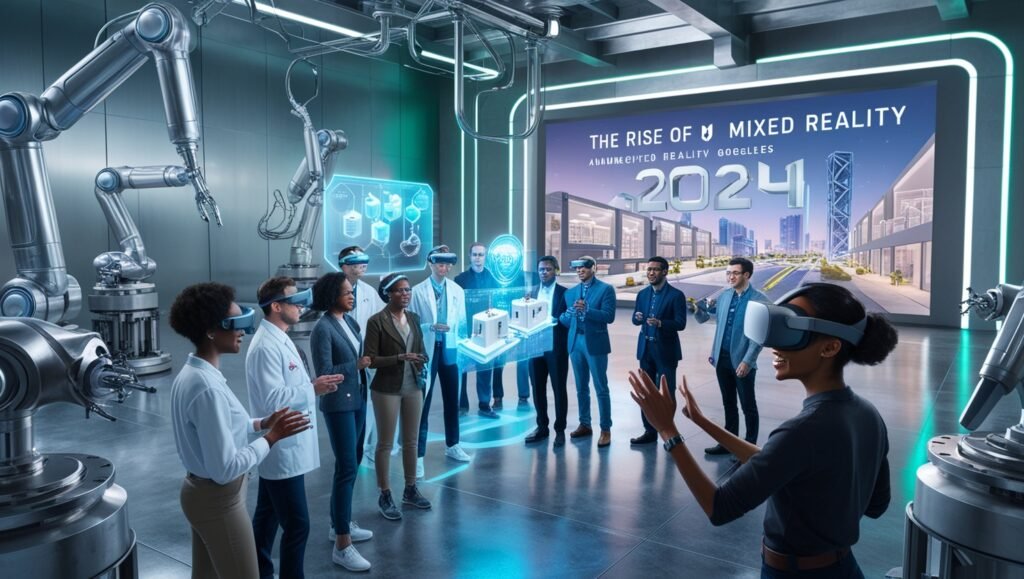
MR is also being used for training purposes, providing workers with hands-on experience in a safe and controlled environment. For example, MR simulations can be used to train workers on how to operate complex machinery, troubleshoot issues, and perform maintenance tasks, all without the risk of injury or damage.
Moreover, MR is being integrated into maintenance and repair processes. Technicians can use MR to overlay digital instructions onto physical equipment, guiding them through complex procedures step by step. This not only improves efficiency but also reduces the likelihood of errors and equipment downtime.
Explore the role of MR in manufacturing.
5. The Future of Mixed Reality: What Lies Ahead?
As we look ahead to the future, it’s clear that the adoption of MR will continue to grow across various sectors. The potential applications of MR are vast, and as the technology continues to advance, we can expect to see even more innovative and transformative uses.
Advancements in MR Hardware and Software
One of the key drivers of MR adoption is the continued advancement of hardware and software. In 2024, MR headsets are becoming more lightweight, comfortable, and affordable, making them more accessible to businesses and consumers alike. These headsets are also becoming more powerful, offering higher resolution displays, better tracking capabilities, and more intuitive user interfaces.
On the software side, MR development platforms are becoming more sophisticated, offering developers the tools they need to create immersive and interactive experiences. These platforms are also becoming more user-friendly, allowing businesses without extensive technical expertise to develop their own MR applications.
Learn more about the future of MR hardware and software.
Integration with Other Emerging Technologies
Another trend to watch in 2024 is the integration of MR with other emerging technologies, such as artificial intelligence (AI), the Internet of Things (IoT), and 5G. These technologies are enhancing the capabilities of MR, enabling more responsive and intelligent interactions.
For example, AI is being used to create more realistic and responsive virtual characters, while IoT is enabling MR applications to interact with physical objects in real-time. Meanwhile, 5G is providing the high-speed, low-latency connectivity needed to support complex MR experiences.
Explore how MR is integrating with other technologies.
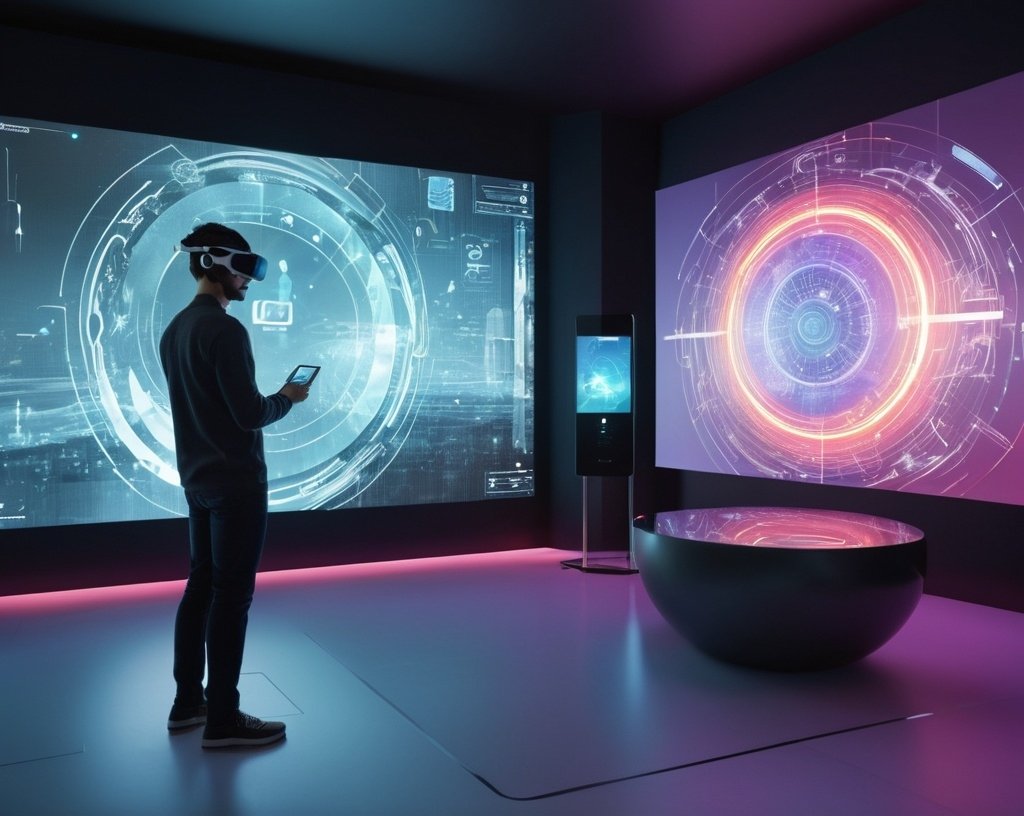
The Impact of MR on Society
As MR becomes more widespread, it’s likely to have a profound impact on society. MR has the potential to change how we work, learn, shop, and interact with the world around us. It’s also likely to raise new ethical and social considerations, such as the impact of MR on privacy, security, and the digital divide.
For example, as MR becomes more integrated into our daily lives, there may be concerns about the collection and use of personal data, as well as the potential for MR to blur the line between reality and virtuality. There may also be challenges related to ensuring that everyone has access to MR technology, regardless of socioeconomic status.
Learn more about the societal impact of MR.
Conclusion
In 2024, Mixed Reality is emerging as a transformative technology that is merging virtual and real worlds across various sectors. From healthcare and education to retail and manufacturing, MR is providing new opportunities for businesses and consumers alike. As MR technology continues to advance, its potential applications are only limited by our imagination.
The rise of MR is not just a trend; it’s a fundamental shift in how we interact with digital content and the physical world. As we move forward, it will be exciting to see how MR continues to evolve and shape the future.
Explore our AI in Animation articles
How AI is Revolutionizing 3D Animation in 2024: (studioimageworks.com)
Anamorphic Content: The Next Big Thing in Advertisin (studioimageworks.com)
The Future of Virtual Reality: What 2024 Has in Store for Businesses (studioimageworks.com)

